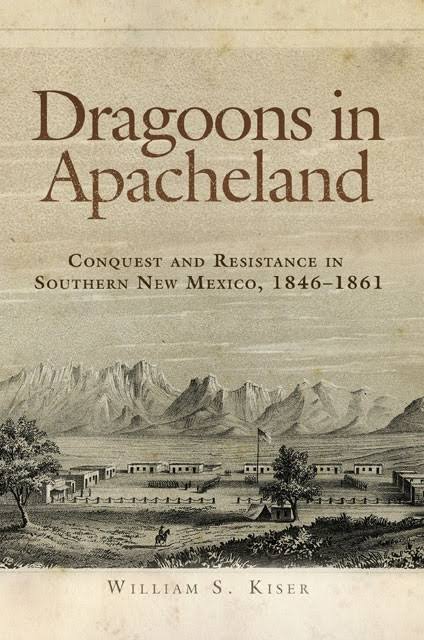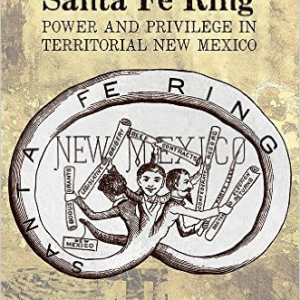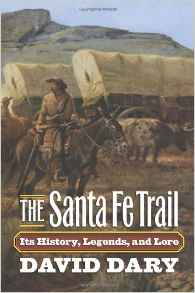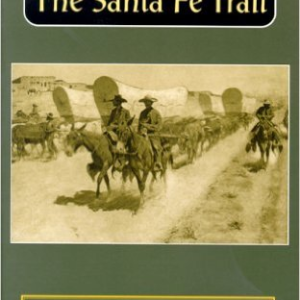Description
In the fifteen years prior to the American Civil War, the U.S. Army established a presence in southern New Mexico, the homeland of Mescalero, Mimbres, and Mogollon bands of the Apache Indians. From the army’s perspective, the Apaches presented an obstacle to be overcome in making the region–newly acquired in the Mexican-American War–safe for Anglo settlers. In “Dragoons in Apacheland, “William S. Kiser recounts the conflicts that ensued and examines how both Apache warriors and American troops shaped the future of the Southwest Borderlands.
Kiser narrates two distinct contests. The Apaches were defending their territory against the encroachment of soldiers and settlers. At the same time, the Anglo-Americans maneuvered against one another in a competition for political and economic power and for Apache territory. Cross-cultural misunderstandings, political corruption in Santa Fe and Washington, anti-Indian racism, troublemakers among both Apaches and settlers, irresponsible army officers and troops, corrupt American and Mexican traders, and policy disagreements among government officials all contributed to the ongoing hostilities. Kiser examines the behaviors and motivations of individuals involved in all aspects of these local, regional, and national disputes.
Kiser is one of only a few historians to deal with this crucial period in Indian-white relations in the Southwest–and the first to detail the experiences of the First and Second United States Dragoons, elite mounted troops better equipped and trained than infantry to confront Apache guerrilla warriors more accustomed to the southwestern environment. Often led by the Gila leader Mangas Coloradas, the Apaches fought desperately to protect their lands and way of life. The Americans, Kiser shows, used unauthorized tactics of total warfare, encouraging field units to attack villages and destroy crops and livestock, particularly when the Apaches refused to engage the troops in pitched battles.
Kiser’s insights into the pre-Civil War conflicts in southern New Mexico are essential to a deeper understanding of the larger U.S.-Apache war that culminated in the heroic resistance of Cochise, Victorio, and Geronimo.







Reviews
There are no reviews yet.